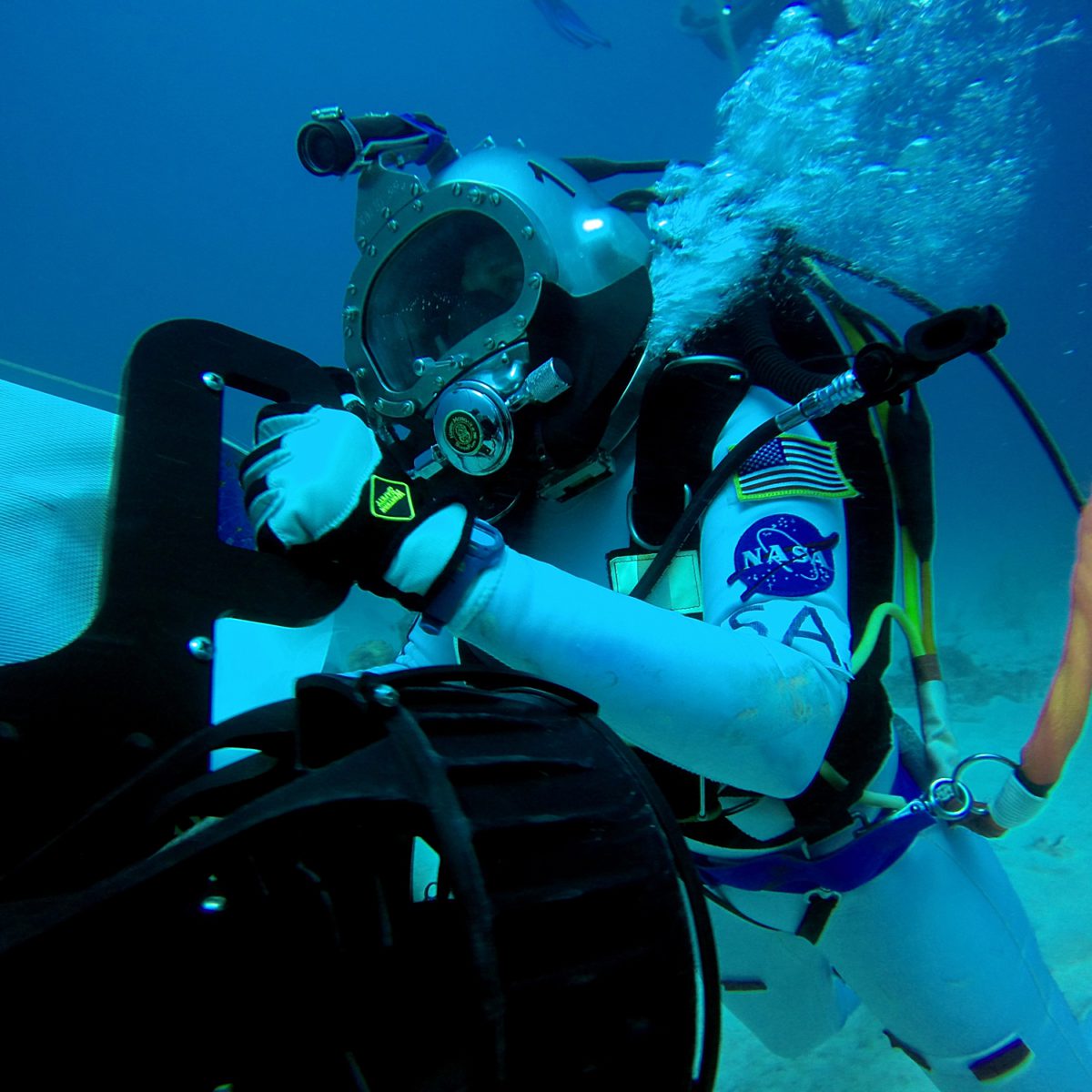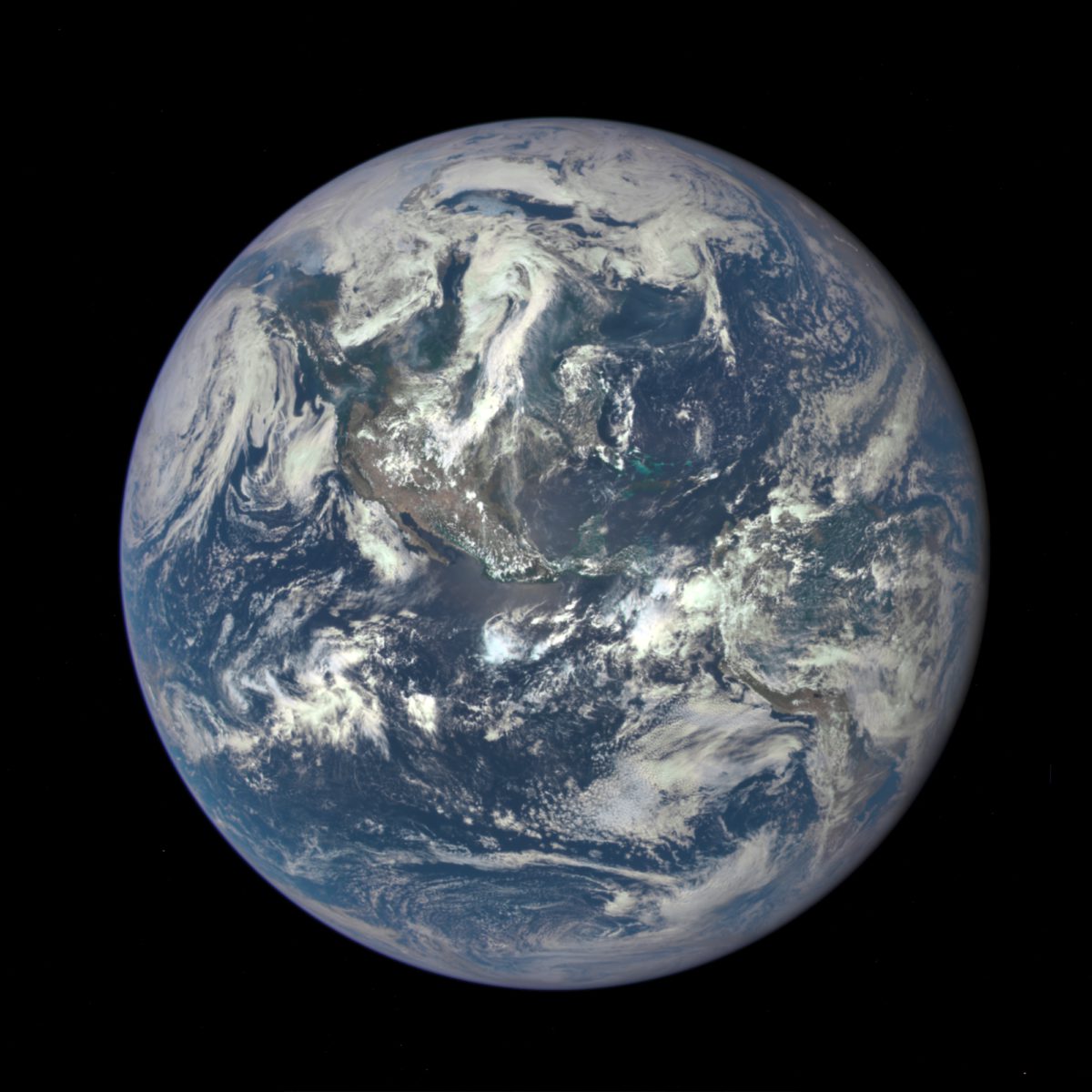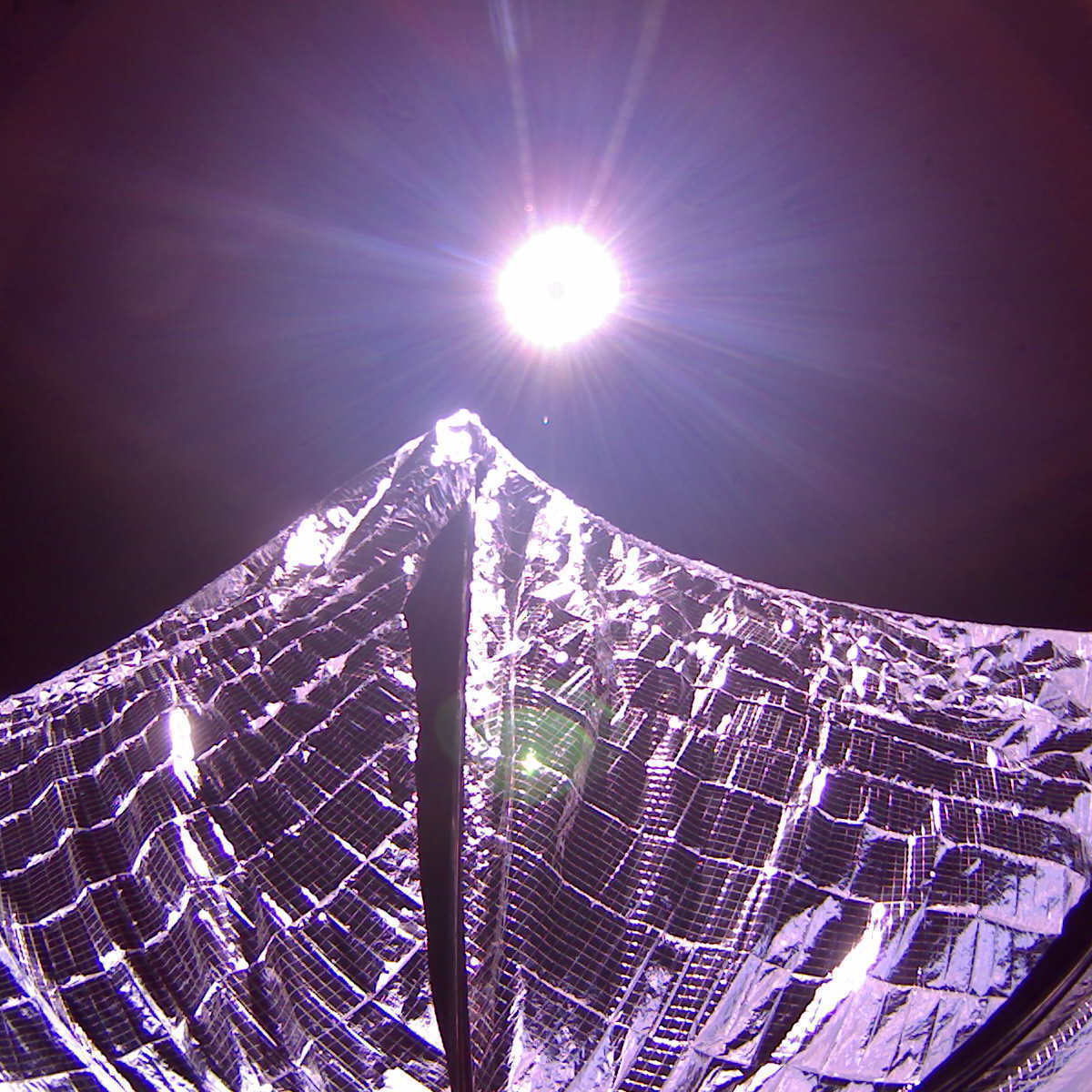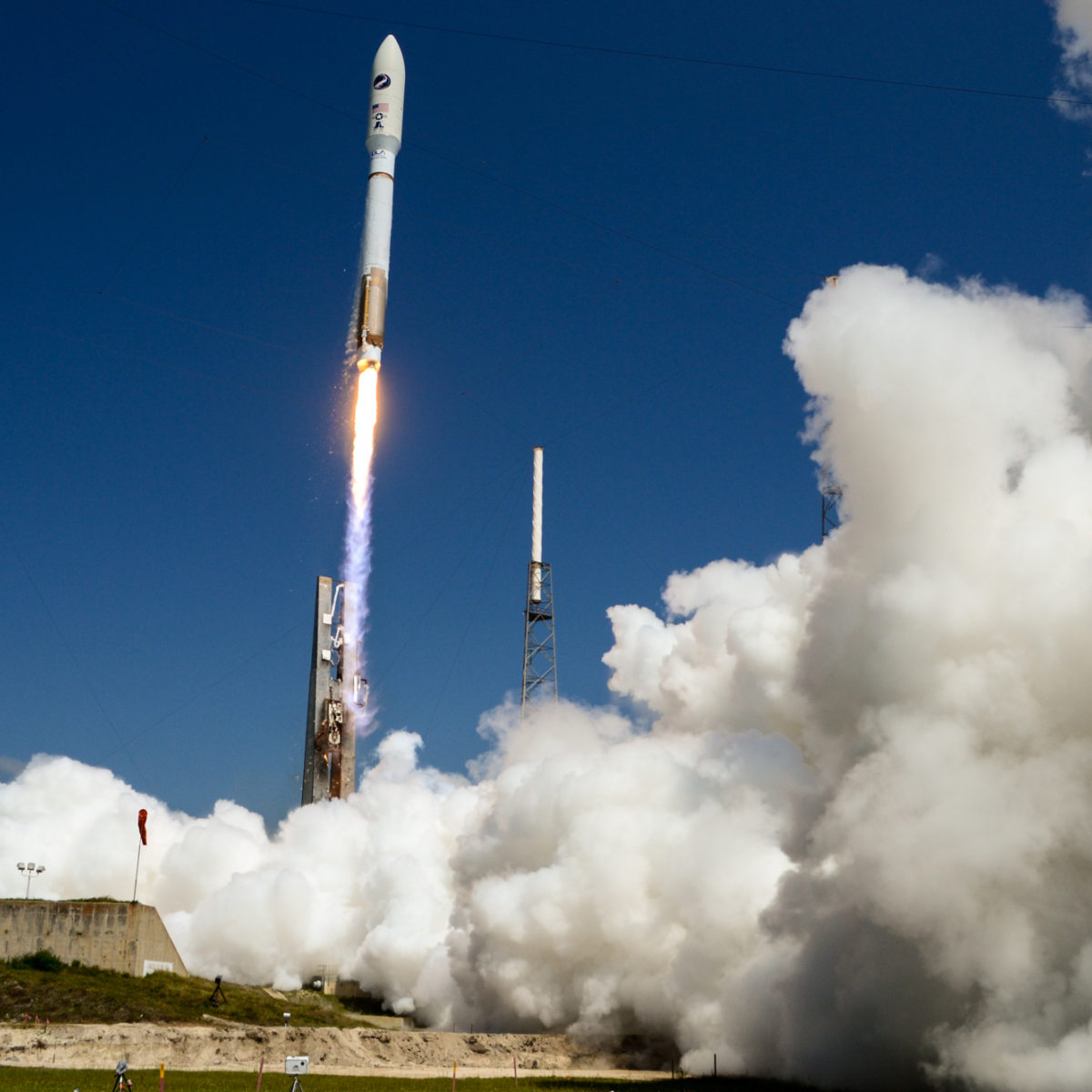Since 2002, Planetary Radio has visited with a scientist, engineer, project manager, advocate, or writer who provides a unique perspective on the quest for knowledge about our Solar System and beyond. The full show archive is available for free.
Search Planetary Radio
They are the most neglected planets in our solar system, but that status may be changing. Planetary scientist Elizabeth “Zibi” Turtle celebrates NASA’s announcement that it will study a mission to Uranus or Neptune.
Dante Lauretta heads the most ambitious mission to an asteroid ever mounted. With one year left till launch, he returns to Planetary Radio with an update.
Planetary Radio returns to SOFIA, the Stratospheric Observatory for Infrared Astronomy, but this time we fly in the giant 747 turned telescope platform. It was a night to remember.
Planetary Radio talks with Jim Bell and Justin Maki, leaders of the development team for the most advanced camera ever planned for the surface of Mars.
The 2020 Mars Rover may be years away, but determining where it will land is already a hot topic among scientists and engineers. Many of the former gathered in early August for a site selection workshop. We talk with Co-Chair and Mars veteran Matt Golombek, JPL astrobiologist Lindsay Hays, and Ken Edgett of Malin Space Science Systems.
Mat Kaplan talked with engineer and NEEMO Expedition 20 team member David Coan while he was hard at work with astronauts and other engineers living in the Aquarius undersea habitat.
Mat Kaplan sits down with our Director of Advocacy, Casey Dreier, for a deep dive into current space policy.
We follow last week’s conversation with Ann Druyan about the $100 million funding of the Search for Extraterrestrial Intelligence by visiting with two of the scientists who will do the work: Dan Werthimer of UC Berkeley and Karen O’Neil of the Green Bank Telescope.
The Breakthrough Initiatives will pump $100 million into the Search for Extraterrestrial Intelligence in the next 10 years, vastly expanding humanity’s quest to learn if it has company in the universe. Among the leaders of this brave new project is Cosmos creator Ann Druyan. Join us for a special, extended conversation with Ann.
Come with us on a visit to the home of the prime meridian for a conversation with the curator of the Royal Observatory, Greenwich about the race to create a practical means for determining longitude.
Join our live audience for highlights of an amazing evening, featuring Jim Bell, Bruce Betts, Mike Brown, Emily Lakdawalla, Linda Spilker, and Bill Nye the Science Guy.
SETI Institute scientist Jason Rowe returns to tell us about the smallest exoplanet so far that has had its size and mass determined. Jason also talks with Mat about our ever-expanding knowledge of these worlds that circle faraway stars.
Two visits with the Planetary Society Senior Editor this week, as Emily first provides an update on the Rosetta comet mission and then returns with an extended look ahead at the New Horizons Pluto encounter next week.
We’ve already brought you Planetary Radio Live from the 2015 PDC near Rome, Italy. Now you’ll hear a small sampling of the scientists, engineers, policymakers and media experts who spent five days considering how humanity will respond to a potentially disastrous threat. Bruce Betts celebrates the great Jupiter-Venus conjunction in What’s Up. Bill Nye and Emily Lakdawalla return next week.
We return to the beautiful Aquarium of the Pacific in southern California for a fascinating conversation about ocean science. What we learn down here is furthering our research around the solar system. William Patzert, Jerry Schubel and Steven Vance join Mat Kaplan on stage. Emily Lakdawalla tells us what Curiosity, the Mars Science Laboratory rover, has been doing lately. Bruce Betts is keeping his eye on converging Jupiter and Venus.
After a roller coaster ride that included a maddening eight-day silence, the LightSail test mission finally achieved all of its major goals. Leaders of the mission team gathered on June 10th to take questions from the media, and share their thoughts and emotions with the general public. Today’s show presents highlights of that briefing. Emily Lakdawalla is seeing things on Pluto, and she’s not alone. Bruce Betts takes Mat Kaplan on a walk in space during this week’s What’s Up segment.
Cassini Project Scientist Linda Spilker, returns with another update on the magnificent mission at Saturn. You’ll also hear Bill Nye and the moment when LightSail began to deploy its solar sail.
Explore Mars revealed the 2015 Humans to Mars Report at a recent conference in Washington. CEO Chris Carberry gives us a quick tour of this inspiring assessment of what it will take to get more than robots to the Red Planet.
This special edition takes you behind the scenes on May 20, 2015 as LightSail is lifted into orbit. You’ll hear the thrilling launch, meet key team members as they prepare for the big moment, and hear a special status report from Planetary Society CEO Bill Nye.
It’s the biggest dwarf planet between here and Pluto, and it has a new permanent resident. The Dawn spacecraft is orbiting Ceres in the asteroid belt, revealing it as never before. What are those bright spots anyway? We spend time with Dawn’s Chief Engineer and Director, Marc Rayman.


 Explore Worlds
Explore Worlds Find Life
Find Life Defend Earth
Defend Earth





















